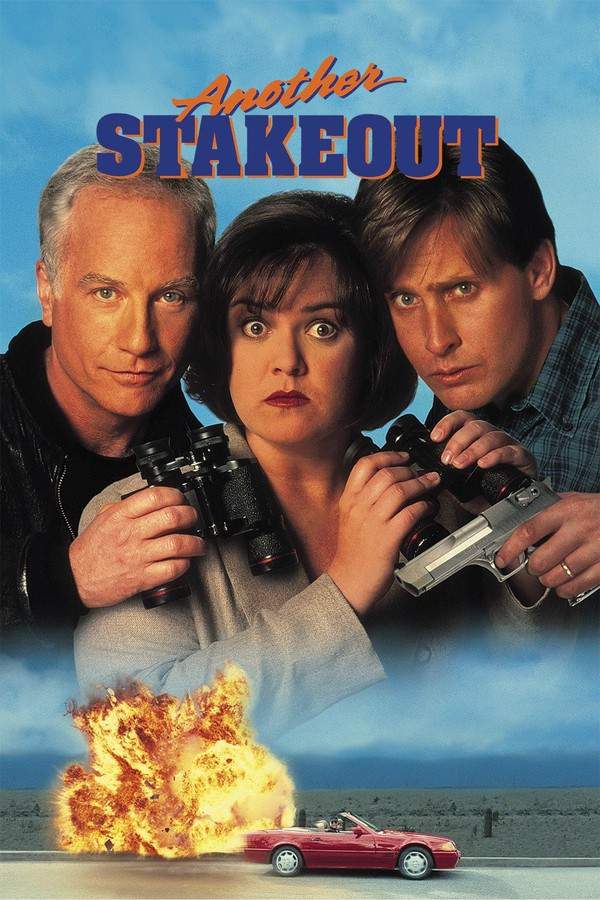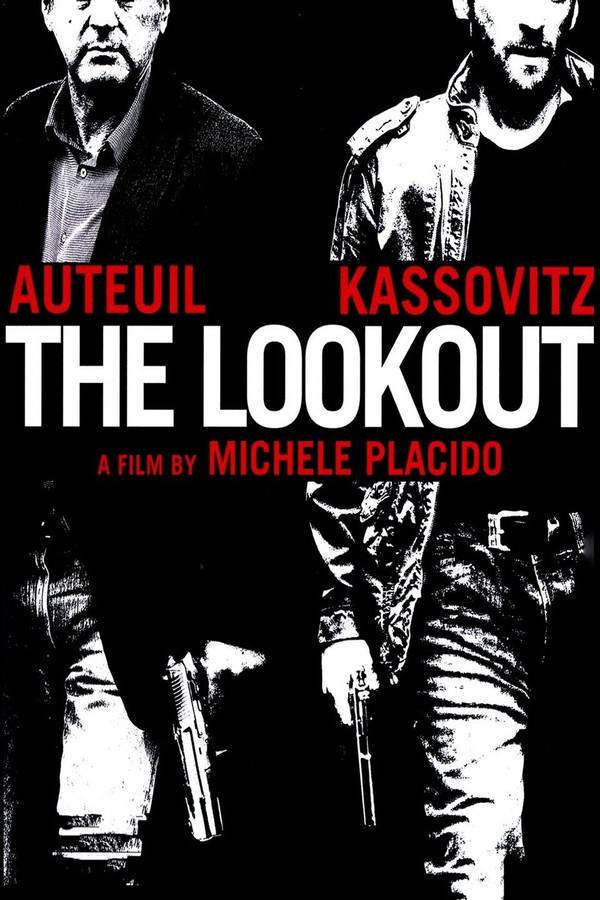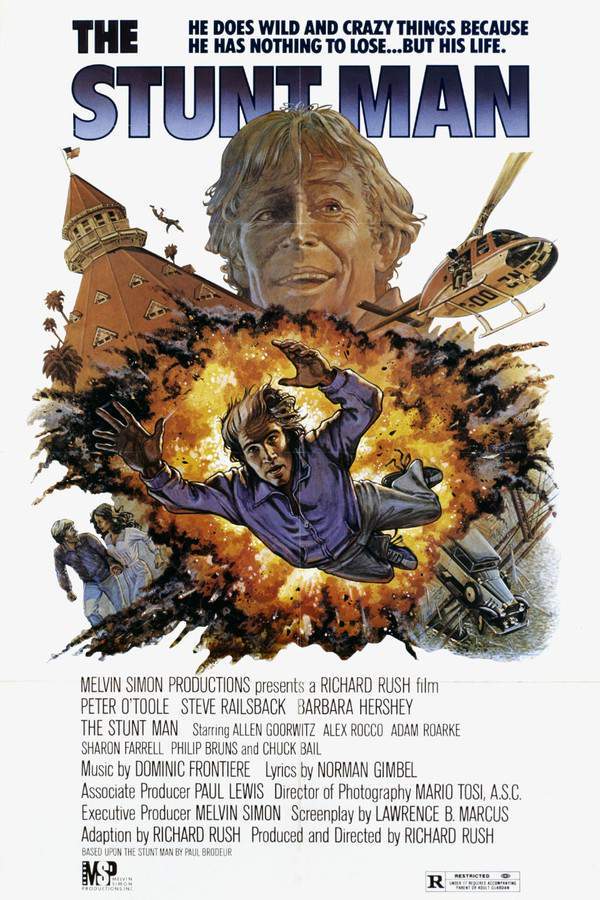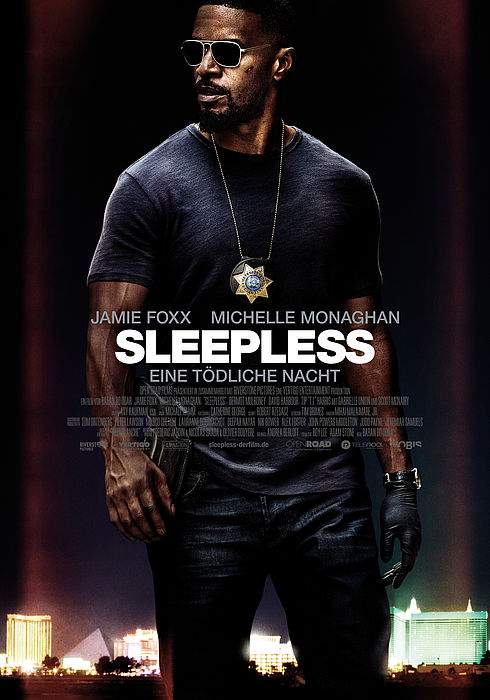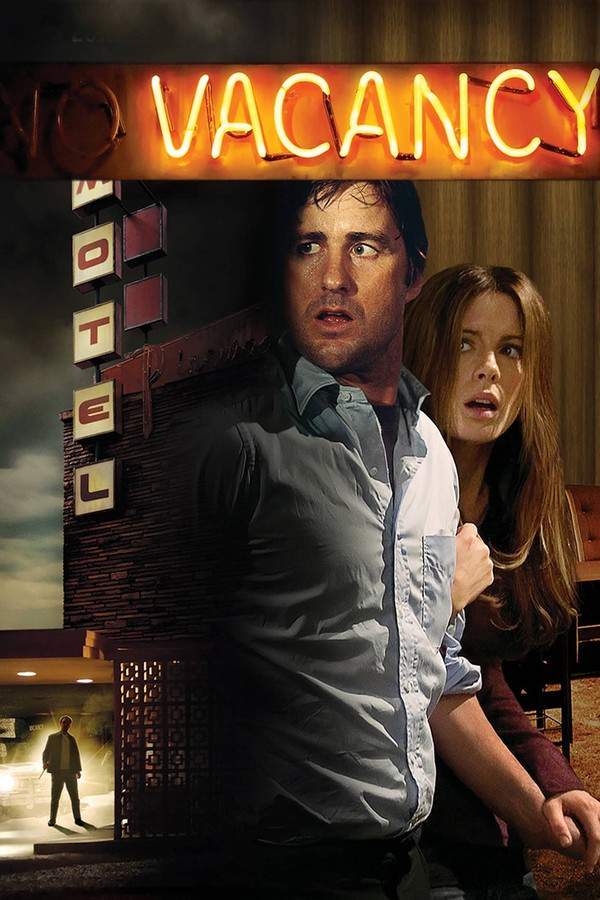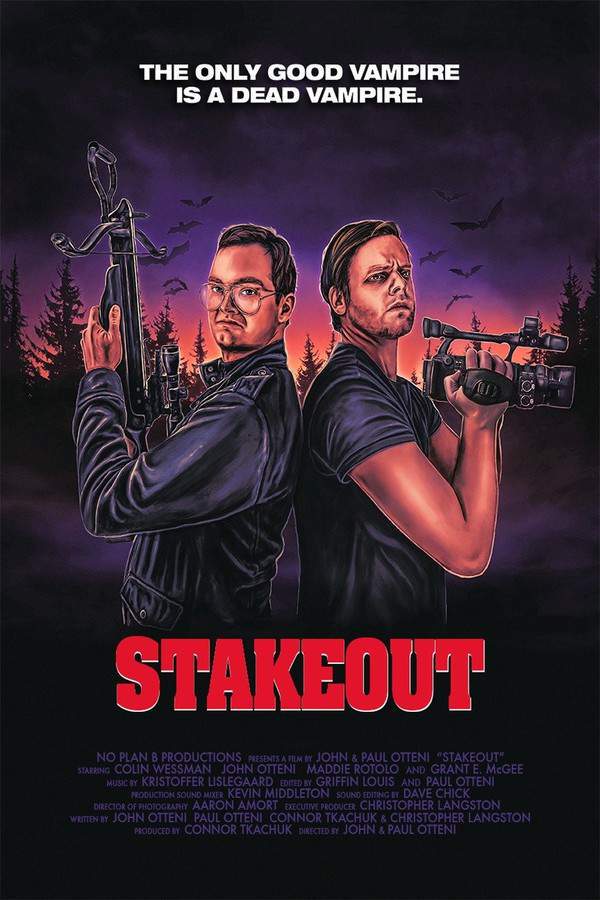
Stakeout
Year: 1987
Runtime: 117 min
Language: English
Director: John Badham
A filmmaker and his crew investigate strange disappearances in a quiet town, focusing their attention on Abel Martin, a man who claims to be a vampire hunter. They conduct a stakeout, observing Martin as he searches for clues and seeks to avenge the missing victims, hoping to document his actions and uncover the truth behind the unsettling events.
Warning: spoilers below!
Haven’t seen Stakeout yet? This summary contains major spoilers. Bookmark the page, watch the movie, and come back for the full breakdown. If you're ready, scroll on and relive the story!
Stakeout (1987) – Full Plot Summary & Ending Explained
Read the complete plot breakdown of Stakeout (1987), including all key story events, major twists, and the ending explained in detail. Discover what really happened—and what it all means.
Detectives Lecce [Forest Whitaker] and Reimers [Richard Dreyfuss] are pulled into a tense night shift that centers on a stakeout of Maria McGuire [Madeleine Stowe], a Latina waitress whose life has grown tangled with a dangerous ex-con. Maria becomes the focal point of a wider manhunt after her former boyfriend, Richard “Stick” Montgomery [Emilio Estevez], stages a dramatic escape from Stonehurst Prison, orchestrating the break with the help of his cousin Caylor Reese [Aidan Quinn]. They slip away in a truck, and suddenly the quiet hours of the night are thick with possibility and danger. The FBI steps in, asking Lecce and Reimers to cooperate in tracking Montgomery down, because the fugitive might drift back toward Maria’s doorstep in Seattle, where old loyalties could trap them in a deadly web.
Meanwhile, Lecce is navigating a deeply personal storm of his own. He comes home to a divorce in progress, discovering his wife has moved out, taken the furniture, and left him to wrestle with despair and questions about his career and choices. The professional and the private collide, testing his resolve as a detective and his capacity to keep his judgment intact under pressure. The pursuit intensifies as Montgomery makes contact with Maria, but the line is cut before it can be traced, a reminder of how fragile the social ties around them can be when fear, money, and desperation are at play. Montgomery has amassed a stash of cash—half a million dollars—that he secreted away inside an armchair long before his imprisonment, a detail that becomes a dangerous beacon for everyone involved.
Lecce and Reimers begin a quiet, dangerous game of surveillance, watching Maria in the hope that Montgomery will reveal himself at her door. Lecce even adopts a disguise—posing as a telephone lineman—to get close to Maria and learn Montgomery’s routine. In the process, Lecce also lends a hand to Maria’s brother Ray [Ian Tracey], helping him secure work in an effort to steer him away from trouble. The tightrope walk between official duty and personal temptation grows perilous as Lecce and Maria grow closer, and the line between professional conduct and personal longing starts to blur in unsettling ways.
As the stakeout unfolds, Montgomery’s plan shifts from a simple escape to a more brazen bid for control. He and Reese crash into a tense encounter with Seattle police, triggering a fierce shootout that ends with their car tipping into a river. Montgomery manages to escape the submerged wreck, but Reese is not so lucky. The escape proves costly for everyone involved, and the investigation tightens its grip around Lecce, who must confront both external danger and the internal repercussions of his growing feelings for Maria.
In a chilling turn, Montgomery reveals to Maria that he had stashed a substantial sum in an old couch—money that could secure a new life in Canada and help them start over together. The revelation lands hard on Lecce, who must contend with the possibility that his pursuit has damaged any chance for a happy future with Maria. The sense of betrayal is real, and the tension between duty and desire reaches a fever pitch as Lecce and Reimers close in on Montgomery. The fugitive’s plan to murder the two officers intensifies the stakes, and they must improvise under pressure to outwit him and bring him to justice.
A renewed confrontation unfolds as Montgomery teams up with an associate known as B C, who arrives on a boat to lend his help. Lecce and Reimers manage to break free from their past missteps and set a course to confront the danger head-on. Reimers corners B C on the water while Lecce mobilizes to pursue Montgomery, a pursuit that culminates in a tense, deadly clash at a paper mill. The location becomes a claustrophobic arena for a final shootout, where Lecce is gravely wounded but ultimately manages to shoot Montgomery in the chest, ending the immediate threat. As the danger recedes, the balance of their lives begins to shift: Maria and Lecce begin a cautious, tentative relationship, built on survival and a shared sense of what they’ve endured.
Throughout the night’s events, the film threads a meditation on trust, temptation, and the costs of chasing justice. Lecce wrestles with professional mistakes that haunt him—yet the closing moments hint at redemption rather than simple victory. The aftermath of the pursuit leaves scars, both visible and unseen, and it reshapes the way Lecce views his career, his personal life, and the fragile film of hope that can exist between two people in the aftermath of crime and fear. The climactic sequence at the paper mill, with its explosive gunfight and shifting loyalties, crystallizes the moral complexity at the heart of the story: even when law enforcement wins, the human toll can linger long after the sirens fade.
In the end, the city’s midnight air clears enough for a new beginning. Maria and Lecce step into a future that they will navigate together, one built on honesty, trust, and a wary optimism that life can offer a second chance even after a night of nearly unbearable danger. The film closes on a note that is both somber and hopeful, suggesting that love and duty can coexist, even in the wake of trauma and betrayal. The characters—Lecce, Reimers, Maria, Montgomery, and the cast around them—linger in memory as vivid portraits of people trying to do the right thing when the odds are stacked against them, and the final image implies that, for all its darkness, the story ultimately leans toward renewal and possibility.
Last Updated: October 09, 2025 at 15:42
Unlock the Full Story of Stakeout
Don't stop at just watching — explore Stakeout in full detail. From the complete plot summary and scene-by-scene timeline to character breakdowns, thematic analysis, and a deep dive into the ending — every page helps you truly understand what Stakeout is all about. Plus, discover what's next after the movie.
Stakeout Timeline
Track the full timeline of Stakeout with every major event arranged chronologically. Perfect for decoding non-linear storytelling, flashbacks, or parallel narratives with a clear scene-by-scene breakdown.

Similar Movies to Stakeout
Discover movies like Stakeout that share similar genres, themes, and storytelling elements. Whether you’re drawn to the atmosphere, character arcs, or plot structure, these curated recommendations will help you explore more films you’ll love.
Explore More About Movie Stakeout
Stakeout (1987) Scene-by-Scene Movie Timeline
Stakeout (1987) Movie Characters, Themes & Settings
Stakeout (1987) Spoiler-Free Summary & Key Flow
Movies Like Stakeout – Similar Titles You’ll Enjoy
Another Stakeout (1993) Movie Recap & Themes
The Hunted (2003) Story Summary & Characters
Watcher (2022) Full Summary & Key Details
The Lookout (2007) Full Movie Breakdown
Stuck (2008) Detailed Story Recap
The Stunt Man (1980) Plot Summary & Ending Explained
Sleepless (2017) Complete Plot Breakdown
Stone (2010) Story Summary & Characters
Hunted (2021) Spoiler-Packed Plot Recap
Hunted (2022) Ending Explained & Film Insights
Night Teeth (2021) Movie Recap & Themes
Vacancy (2007) Movie Recap & Themes
Unknown (2006) Movie Recap & Themes
Watching the Detectives (2008) Complete Plot Breakdown
A Single Shot (2013) Detailed Story Recap



